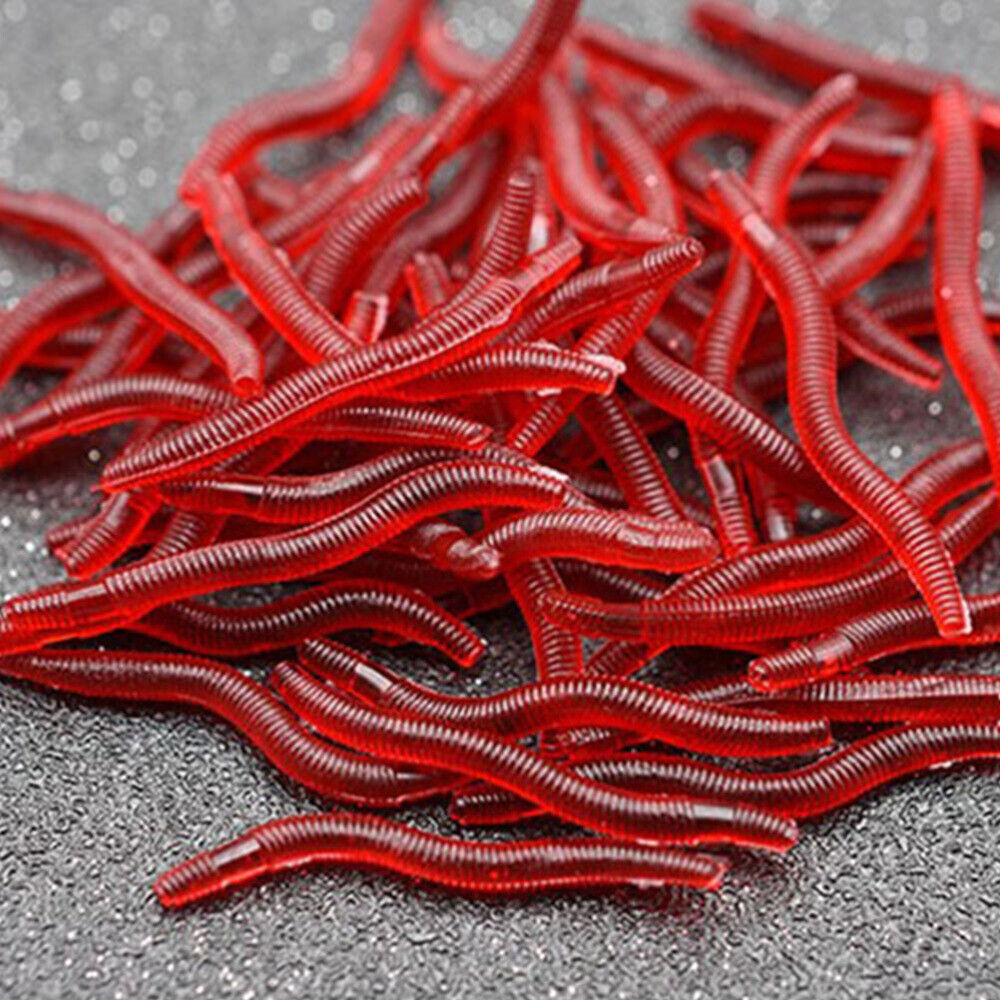Making Use Of Red Wigglers for Effective Organic Waste Disposal
These worms not just enhance waste decay however additionally yield useful worm spreadings, which can considerably enhance dirt wellness. Understanding the nuances of setting up an effective worm container and keeping an optimal habitat is important for optimizing their advantages.
Advantages of Making Use Of Red Wigglers
One of the most compelling advantages of using red wigglers for organic waste disposal is their exceptional performance in composting. These worms, medically called Eisenia fetida, are specifically adapted for breaking down organic materials, enabling them to process waste as much as twice their body weight every day. This fast decay not only accelerates the composting process yet additionally generates nutrient-rich worm spreadings that significantly boost dirt top quality.
Furthermore, red wigglers add to a decrease in garbage dump waste. By diverting organic products from landfills, they help minimize methane emissions-- a powerful greenhouse gas. This eco-friendly advantage is critical in the battle against climate adjustment.
In addition, red wigglers are low-maintenance and can grow in different atmospheres, making them easily accessible for both beginner and seasoned composters. Their capacity to duplicate swiftly makes sure a stable population, promoting recurring waste processing.
Establishing Your Worm Container
Producing an effective worm container is important for making best use of the advantages of composting with red wigglers. The first action is choosing an appropriate container. A container made from plastic or timber, with a capability of 10 to 20 gallons, is ideal. Make certain the bin has ample drain holes to avoid excess dampness, as red wigglers prosper in a damp yet not soggy setting.
(Lake Hickory Worms,)Next, prepare the bed linen material, which functions as the worms' habitat and food source. Shredded paper, cardboard, and coconut coir are superb choices. Go for a bed linen depth of around 4 to 6 inches. The bin needs to be positioned in a dark, temperature-controlled area, preferably between 55 ° F and 77 ° F, to maintain worm task.
When the container is set up, present the red wigglers, enabling them to acclimate to their brand-new setting. It's essential to check moisture levels and temperature on a regular basis. A well-maintained container will certainly not just sustain the health and wellness of the worms yet likewise promote effective decay of organic waste. By following these standards, you can create a successful ecosystem that adds to sustainable waste administration.
(Lake Rhodhiss Worms)
What to Feed Red Wigglers
An understanding of the ideal diet regimen for red wigglers is essential for preserving a healthy and balanced worm populace and enhancing composting efficiency. Red wigglers flourish on a diverse diet plan that largely contains natural materials. Perfect food resources consist of vegetable scraps, fruit peels, coffee premises, eggshells, and shredded paper. These things not only supply important nutrients however also add to the moisture balance within the worm container.
It is vital to stay clear of particular foods that can hurt the worm populace. Red wigglers ought to not be fed meat, dairy items, oily foods, or processed products, as these can draw in pests and create unpleasant odors. red wigglers. Furthermore, citrus fruits and spicy foods ought to be lessened, as their level of acidity can be damaging to worms
Keeping track of the worm bin for food consumption rates will certainly aid make certain that red wigglers are receiving a sufficient diet while maintaining an efficient composting atmosphere. Appropriate feeding techniques are necessary for promoting a prospering community within the worm bin.
Maintaining Your Worm Environment
A well-maintained worm environment is necessary for the health and performance of red wigglers. To make certain ideal conditions, it is vital to keep an eye on temperature, moisture, and aeration within the worm bin. Red wigglers grow in a temperature level series of 55 to 77 degrees Fahrenheit. Exceeding this array can stress the worms, so it's vital to put the bin in a suitable location far from straight sunshine and extreme temperatures.
Wetness degrees need to be maintained constant; the bed linens ought to perspire however not soaked. A great guideline is to maintain dampness at around 70% to 80%. If the bedding ends up being also wet, it can bring about anaerobic problems that are have a peek at this website harmful to the worms. Including completely dry carbon-rich products, such as shredded paper or cardboard, can aid take in excess moisture.

Using Worm Castings in Gardening
Rich in nutrients and useful microbes, worm spreadings work as an extraordinary organic fertilizer for gardening. Created with the digestion processes of red wigglers, these castings include a variety of necessary nutrients, consisting of nitrogen, phosphorus, and potassium, which advertise durable plant growth. Unlike synthetic fertilizers, worm castings provide a slow-release mechanism, guaranteeing that nutrients are available to plants over an extended period, thereby reducing the threat of nutrient leaching and soil exhaustion.
Along with nutrition material, worm spreadings boost soil structure and oygenation, boosting wetness retention and drainage. The microbial life existing in worm castings assists to reduce virus and advertises a healthy and balanced soil community, further profiting plant wellness. When included into the soil or utilized as a leading clothing, worm spreadings can considerably increase seed germination rates, root growth, and total plant vitality.
For ideal results, garden enthusiasts need to use worm castings at a price of 1-2 inches per square foot, mixing them into the soil or incorporating them right into potting mixes. Overall, using worm spreadings is an eco-friendly technique to improving soil fertility and making sure flourishing yard environments.
Conclusion
